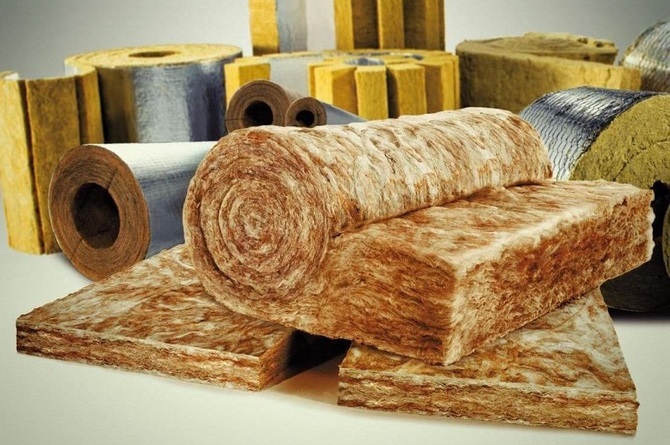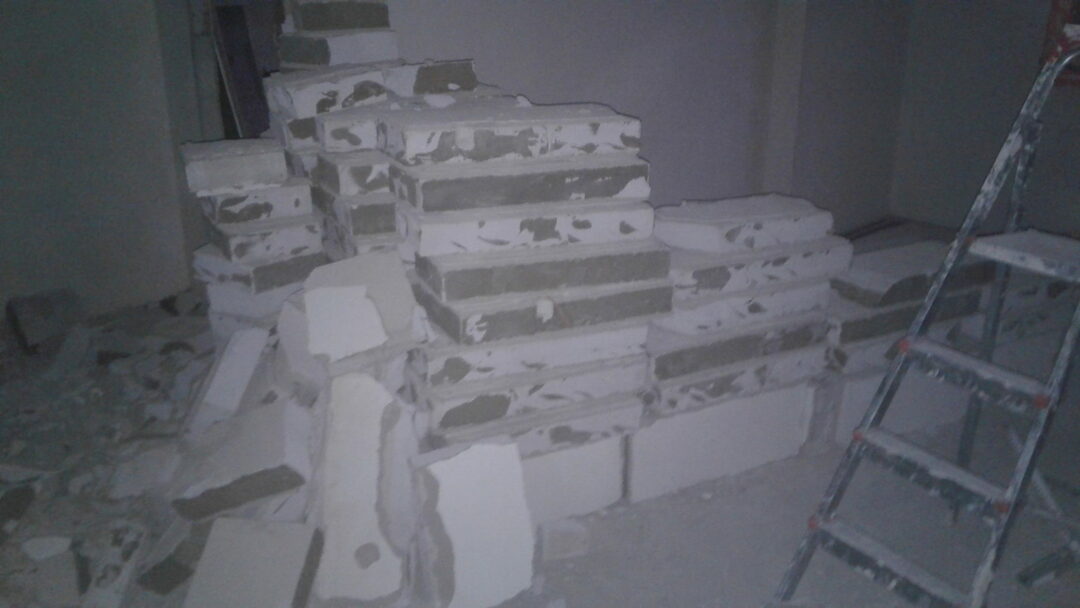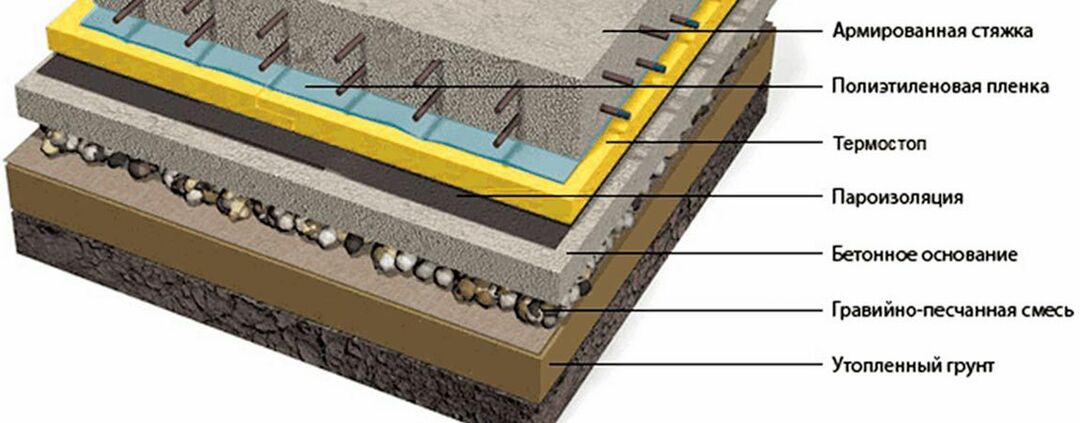Mineral wool is a building material you are probably familiar with. It is used for wall insulation and as sound insulation. But do you know how dangerous it is to human health? Manufacturers and sellers claim that mineral wool is an environmentally friendly material made from natural ingredients. Alas, these are just fine words from marketers.
What is the danger of mineral wool
Allergies, pulmonary fibrosis, chronic poisoning of the body, diseases of the nervous system, kidney and liver diseases, and, finally, cancer - this is not a complete list of all the problems that can be encountered when using mineral cotton wool. Let's see why.

Mineral wool is produced from rocks. The material is really natural. But nature also has its pitfalls. Firstly, during the production process, the rock under the influence of high temperature is melted and stretched into thin fibers. These fibers break easily and release into the air hazardous dust containing oxides of elements such as silicon, aluminum, magnesium, iron, calcium and others. This dust settles rather slowly and easily penetrates into the lungs of a person.
All of these substances are allergens, and, most importantly, they have a fibrogenic effect - that is, they cause pulmonary fibrosis. Severe forms of this disease are incurable because lung tissue is damaged.
In addition to rocks, the composition of mineral wool includes slags and charge. This is a waste of mining and metallurgical production. They contain compounds of dozens of elements of the periodic table. Among them there are substances containing heavy metals: lead, copper, zinc, nickel and others.
They have a negative effect on almost all human anatomical and functional systems, including the central nervous and cardiovascular systems.
For example, lead is harmful to the kidneys and circulatory system. Cadmium disrupts metabolism. An excess of copper in the body is harmful to the kidneys and liver. Zinc is dangerous for the intestines.
But the most dangerous components of mineral wool are phenol-formaldehyde resins. They are used as a bonding agent to preserve the structure of mineral fibers. As the name implies, phenol-formaldehyde resins are made on the basis of phenol and formaldehyde and release these substances into the air. They are both toxic. According to GOST 12.1.007-76, they are assigned a class of highly hazardous substances. For a better understanding, we note that exactly the same class has phosgene, which is used to create chemical weapons.
During the operation of mineral wool, phenol and formaldehyde vapors are gradually released from it. Accumulating in the air, they slowly but surely penetrate the human body, causing irritation, allergies, and chronic poisoning. Formaldehyde, among other things, is a carcinogen, that is, it can cause cancer.
Should you endanger your health by using mineral wool as insulation?


